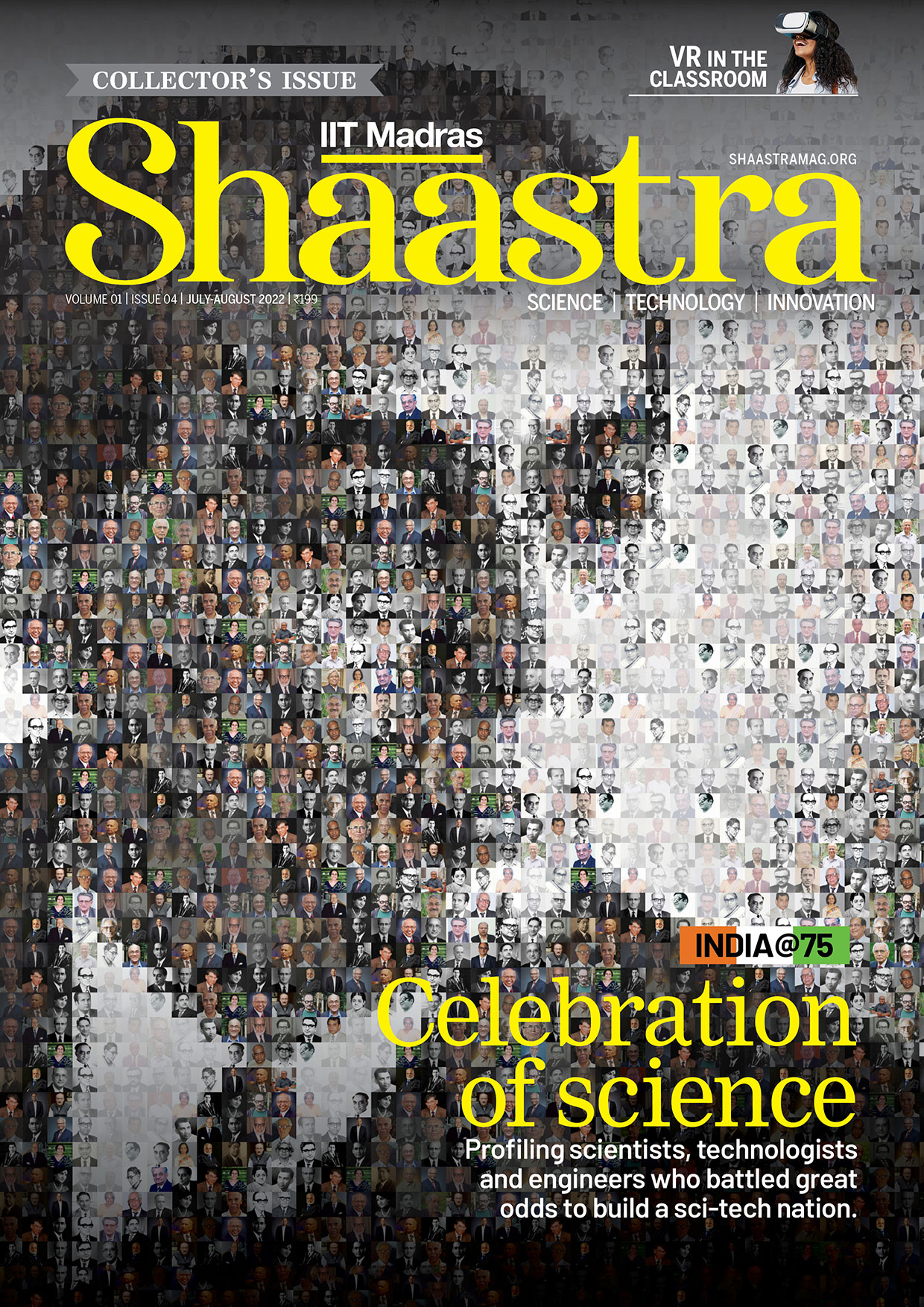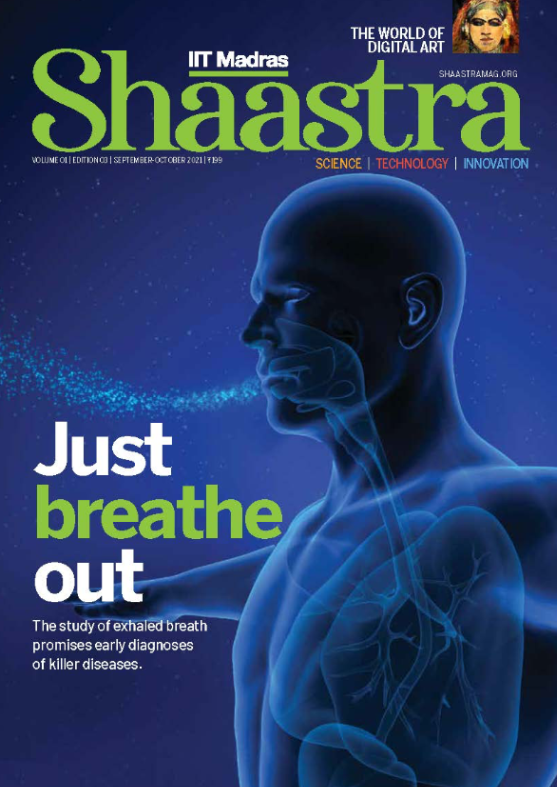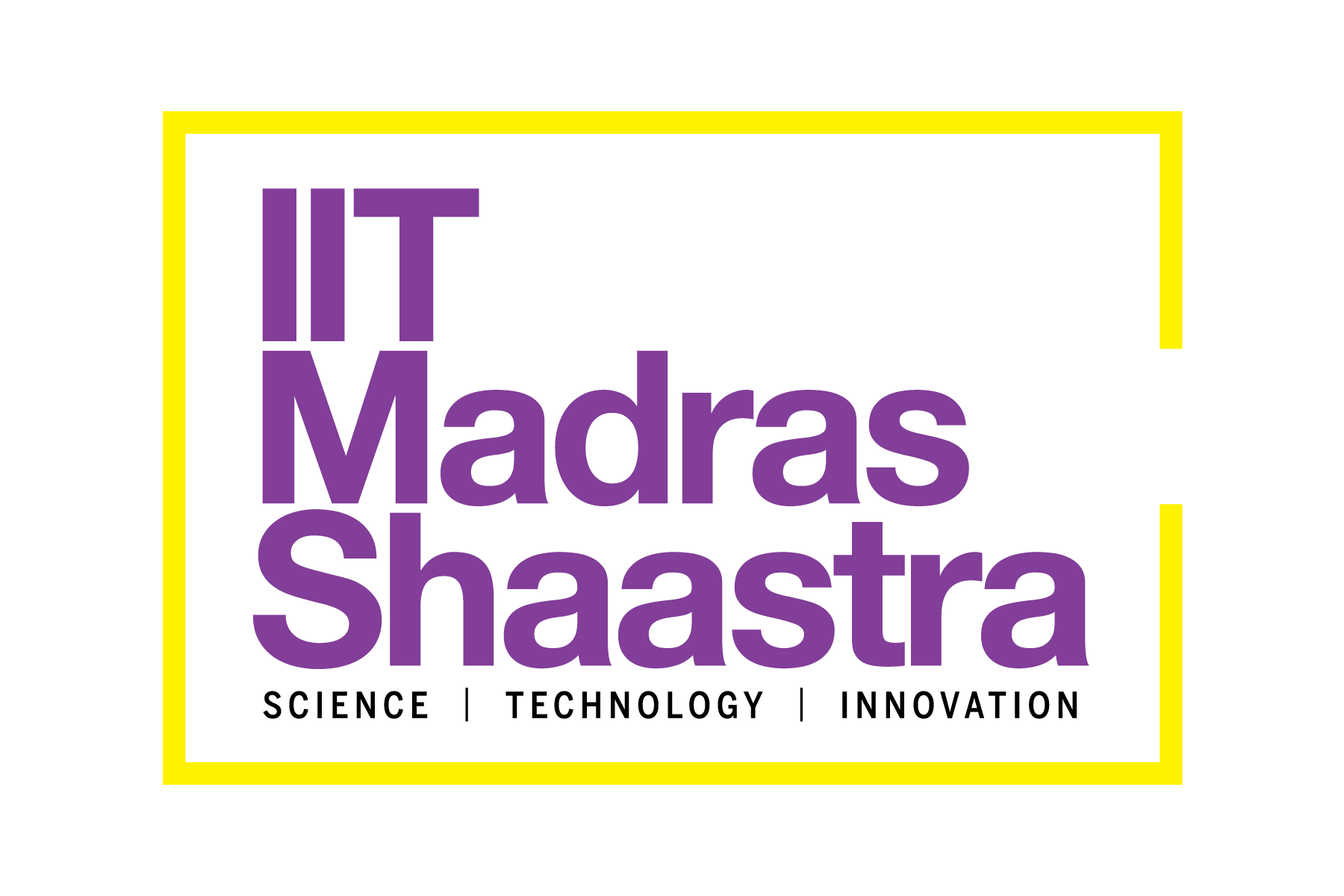No small wonder
-
- from Shaastra :: vol 04 issue 07 :: Aug 2025

Nanomedicine is creating a healthy buzz in research labs.
Robin Cook's medical thrillers were Rohit Srivastava's staple diet when he was in school, honing his interest in biology. During his postdoctoral research in the United States, Srivastava found laboratories working on innovative drug delivery mechanisms. Scientists were not only creating new drugs but also modifying existing ones to ensure better delivery. The use of nanotechnology was seen to enhance drug effectiveness and reduce dosages. Srivastava, now a Professor of Biosciences and Bioengineering at the Indian Institute of Technology (IIT) Bombay, began to focus on nanotechnology, and eventually zeroed in on nanomedicine.
Nanomedicine is an interdisciplinary field where researchers use minute organic and inorganic materials — about 1/100,000th the width of a single strand of human hair — for targeted drug delivery and other therapeutic applications. It has several clear advantages. The tiny size allows drugs or molecules to reach a specific part of the body and easily attach themselves there. Conventional drugs require high doses, but a lot of the medicine is wasted or causes side effects in organs such as the liver or kidneys. Nanomedicine, on the other hand, works effectively at much lower doses and reduces side effects.
PAST ISSUES - Free to Read


Have a
story idea?
Tell us.
Do you have a recent research paper or an idea for a science/technology-themed article that you'd like to tell us about?
GET IN TOUCH














